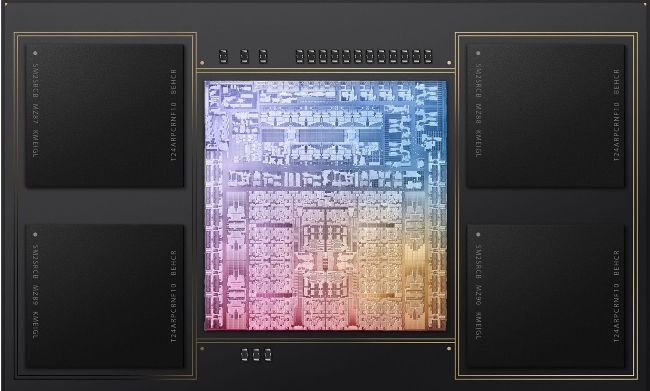HOW IT WORKS
Unified memory
There’s a cost but unfied memory helps to make Apple silicon Macs more efficient

The unified memory architecture of the M3 Max chip supports up to 128GB.
YOU WILL LEARN How unified memory works in comparison to Random Access Memory (RAM)
Key fact
How much unified memory you need depends very much on how you intend to use your Mac. For anyone performing general everyday tasks, 8GB is going to be sufficient but opt for 16GB if you want your Mac to take on a heavier workload and intend to keep your computer for a good number of years. Tasks involving image and video editing would benefit from 32GB.
Between 1997 and 2002, Apple used the advertising slogan “think different”. Fast forward to today and that long-running campaign is a distant memory yet the sentiment behind it is very much alive. You can see the difference when looking at how Apple has set modern Macs apart from ‘normal’ computers. Rather than have separate central and graphics processing units – CPU and GPU – and Random Access Memory (RAM) components, Apple silicon Macs make use of a System-on-a-Chip (SoC). And that move has made them very powerful indeed.